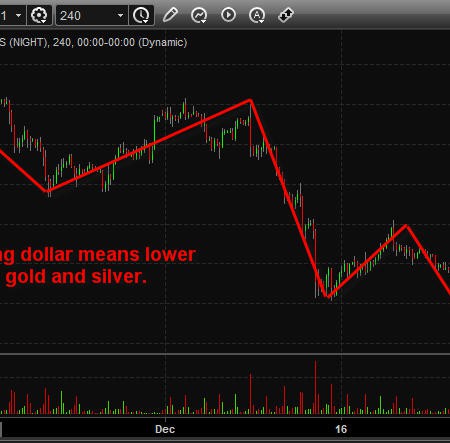

#GOLDENRATIO 1.0 SERIES#
We will have, Term 1įrom the above values we can see that the ratio of successive terms of the Fibonacci series is very close to the golden ratio. For better understanding, let us place the successive values of the Fibonacci series in the form of a table and find their ratios. If we take two large numbers which are successive terms of the Fibonacci series, we will find that this ratio is very close to the golden ratio. If we carefully observe the ratio of these two terms, we will find that this ratio is very close to the golden ratio. Let us consider two successive terms of the Fibonacci series.

Ĭan we say that there exists a relation between the golden ratio and the Fibonacci series? Yes, there does exist a special relation between the golden ratio and the Fibonacci series. The fourth term is found by adding the second term and third term ( i.e. For example, let us take the first two terms 0 and 1, then the third term is obtained by adding 0 and 1, which is equal to 1.

The formula to find the Fibonacci series can be given to express the ( n + 1 ) t h term in the sequence is defined using the recursive formula, such that F o = 0, F 1 = 1, to give F n. The Fibonacci series is the sequence of numbers which are also known as Fibonacci numbers, where every number is sum of the preceding two numbers, such that the first two terms are ‘ 0 ‘ and ‘ 1 ‘. The Fibonacci series was named after an Italian mathematician named Leonardo Pisano Bogollo, who was later known as Fibonacci. We know that the Fibonacci sequence is a special type of sequence in which each term in the sequence is obtained by adding the sum of two previous terms. Let us first recall what we mean by the Fibonacci series. Relation between Golden ratio and Fibonacci Series Is there any relation between the golden ratio and the Fibonacci series? Let us find out. Let us now recall another series that is widely used in mathematics, i.e. Hence, the golden ratio is approximately equal to 1.618033. Thus we are left with one value of which is 1.618033. Hence, we shall discard the negative value of that we have obtained above. This means that the golden ratio cannot be a negative number. Now, it is important to recall here that by the basic definition of the golden ratio is has to a ratio between two positive values. Simplifying the equations ( 4 ) and ( 5 ) we will get The solution, ϕ to the above equation will be an irrational number such that a > b > 0, then the golden ratio of and b will be represented as – Let “ a “ and “ b” be two quantities such that a and b are both positive numbers, i.e. Let us understand the golden ratio through an example. The approximate value of the golden ratio is 16.18. The golden ratio is often represented using the symbol “ϕ” (phi). It is also believed that the first person to officially name and define the Golden Ratio was the mathematician Euclid, in his treatise ‘Elements’ (written around 300BC), although the earlier mathematician Hippasus was the first to identify that the Golden Ratio wasn’t a whole number. Therefore, the golden ratio is also known as the golden mean, golden section or divine proportion. The Golden Ratio was first discovered in the 1500s and was called “The Divine Proportion” in a book of the same title by Luca Pacioli. In other words, two quantities are said to be in golden ratio, if their ratio is equal to the ratio of their sum to the larger of the two quantities. The golden ratio is the ratio of two numbers such that their ratio is equal to the ratio of their sum to the larger of the two quantities. What is golden ratio and what is its significance? Let us find out. We use different ratios in everyday life for the purpose of carrying out various measurements. Ratios hold a prominent place in the world of mathematics.


 0 kommentar(er)
0 kommentar(er)
